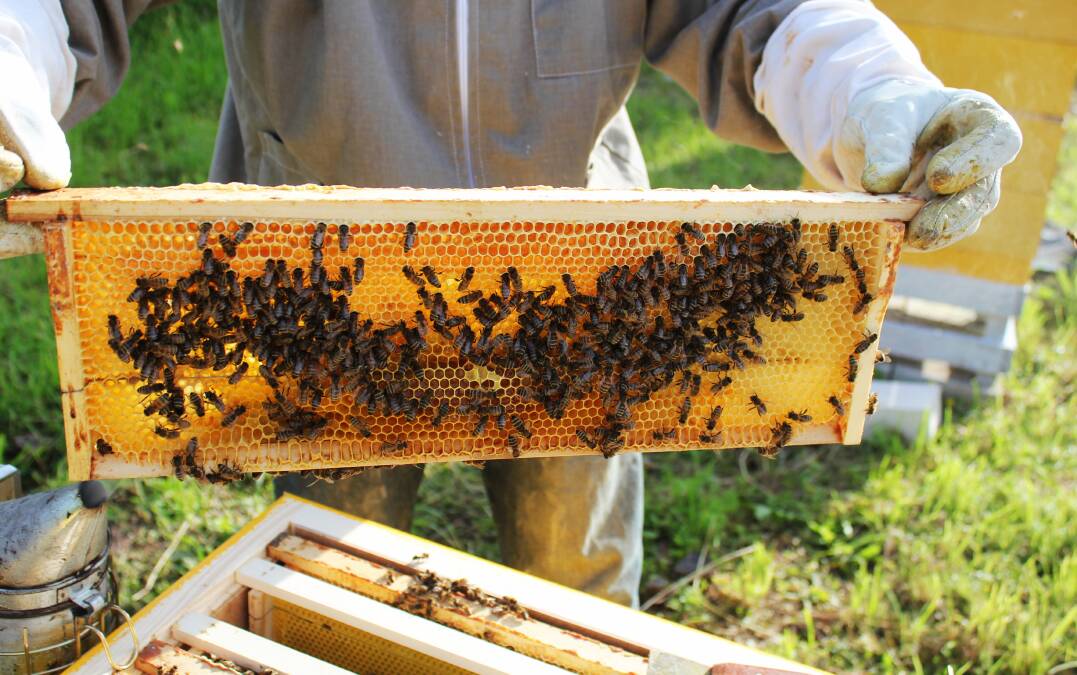PORT Stephens is the latest hot spot for the varroa destructor mite, with NSW Department of Primary Industries expanding the areas where bees will be destroyed on Sunday.
Three new infested premises had led the emergency zone to spread, acting chief plant protection officer Dr Chris Anderson announced.
The properties are at Tanilba Bay, Salt Ash and Mayfield East. They are among 16 now confirmed to have hives infested with the unwanted pest.
"Further reporting by beekeepers and investigations by NSW DPI officers, has identified three varroa mite infestations at these properties," Dr Anderson said.
"This means that the emergency order has been updated to include the Port Stephens peninsula within the red 10 kilometre eradication zone, where hives will be euthanised.

"NSW DPI Biosecurity experts continue to act to protect the NSW Bee Industry in conjunction with the apiary industry, Local Land Services, NSW Police, Rural Fire Service and the wider community as part of the mammoth effort to arrest the spread of the threat."
Anyone with honeybees - including queens, nucleus hives or hives of any kind - from within the 50-kilometre notification zone in the past year is urged to report them.
"Community reporting will importantly help us facilitate and free up the movement of honeybees in the rest of NSW, especially around almond pollination," Dr Anderson said.
"The varroa mite response plan has also been updated so that while it remains necessary to euthanise honeybee colonies in the eradication zones and destroy internal hive equipment such as brood and honey frames, other equipment will only be destroyed when a risk assessment deems it necessary, with options to decontaminate external equipment such as hive boxes, pallets and straps as well as metal ware, so they can be retained by beekeepers.







